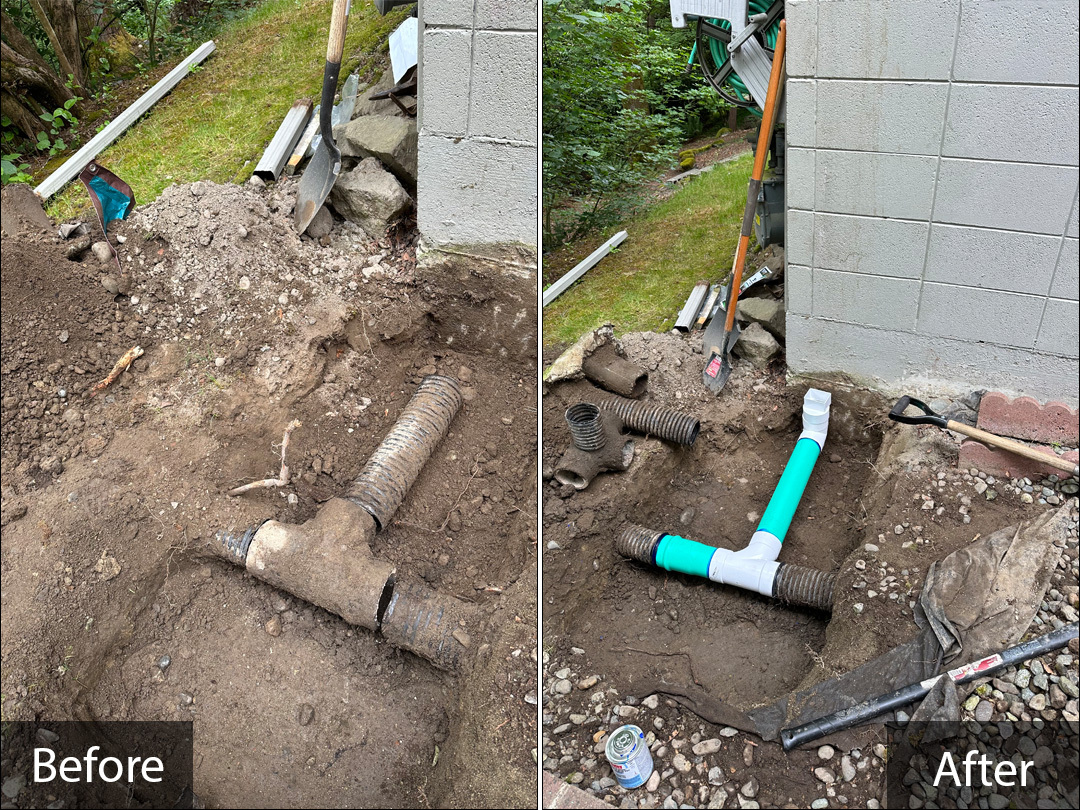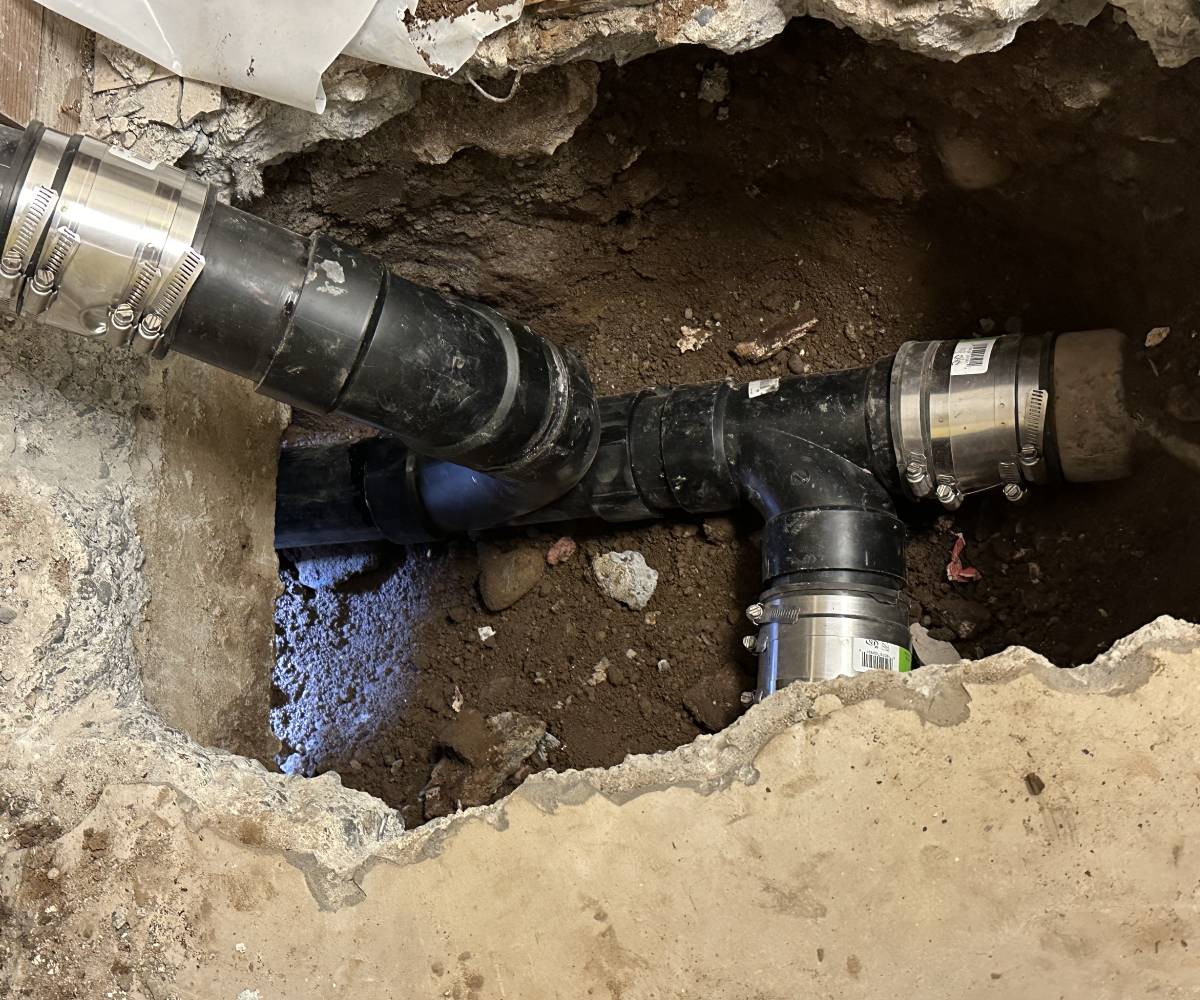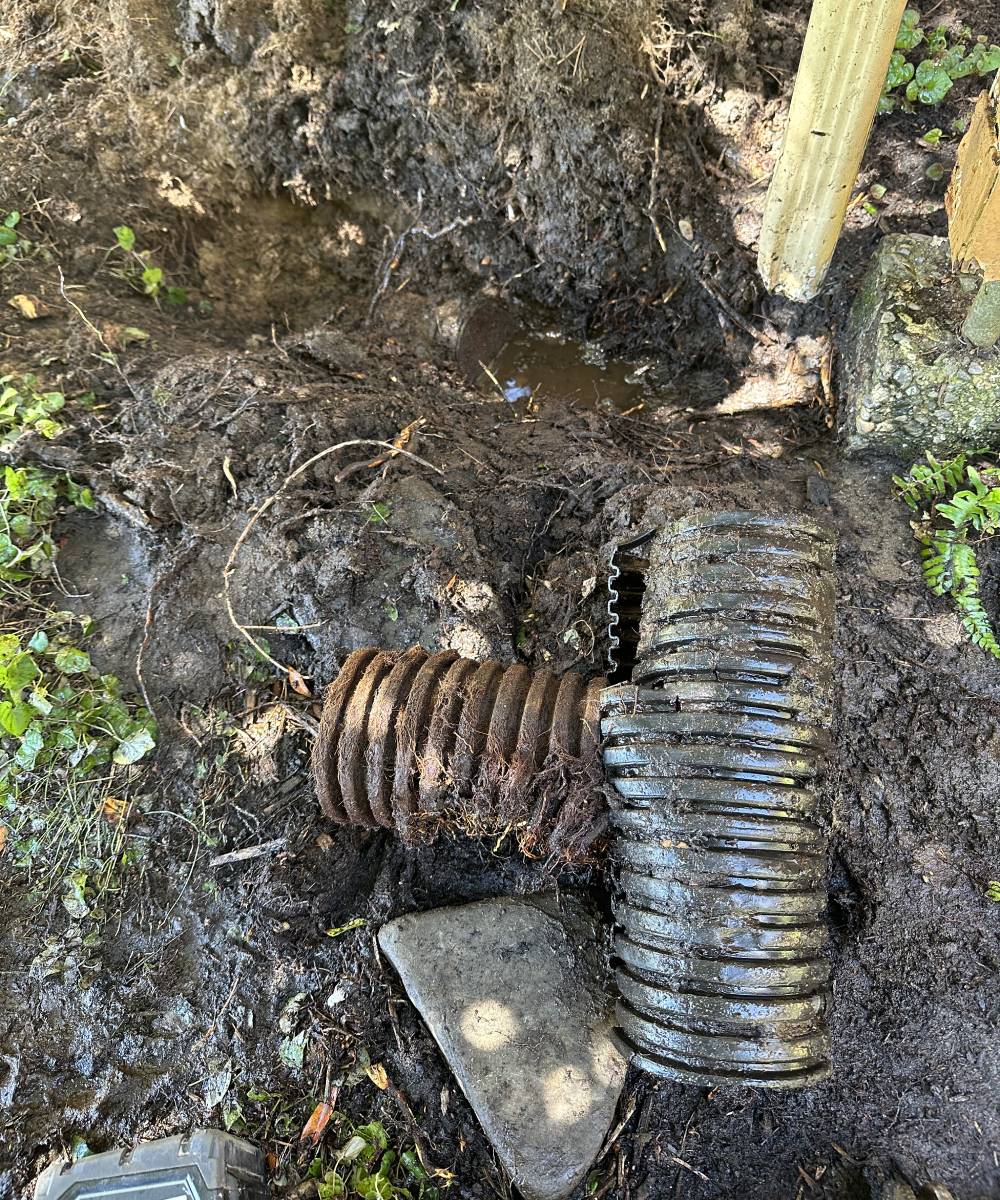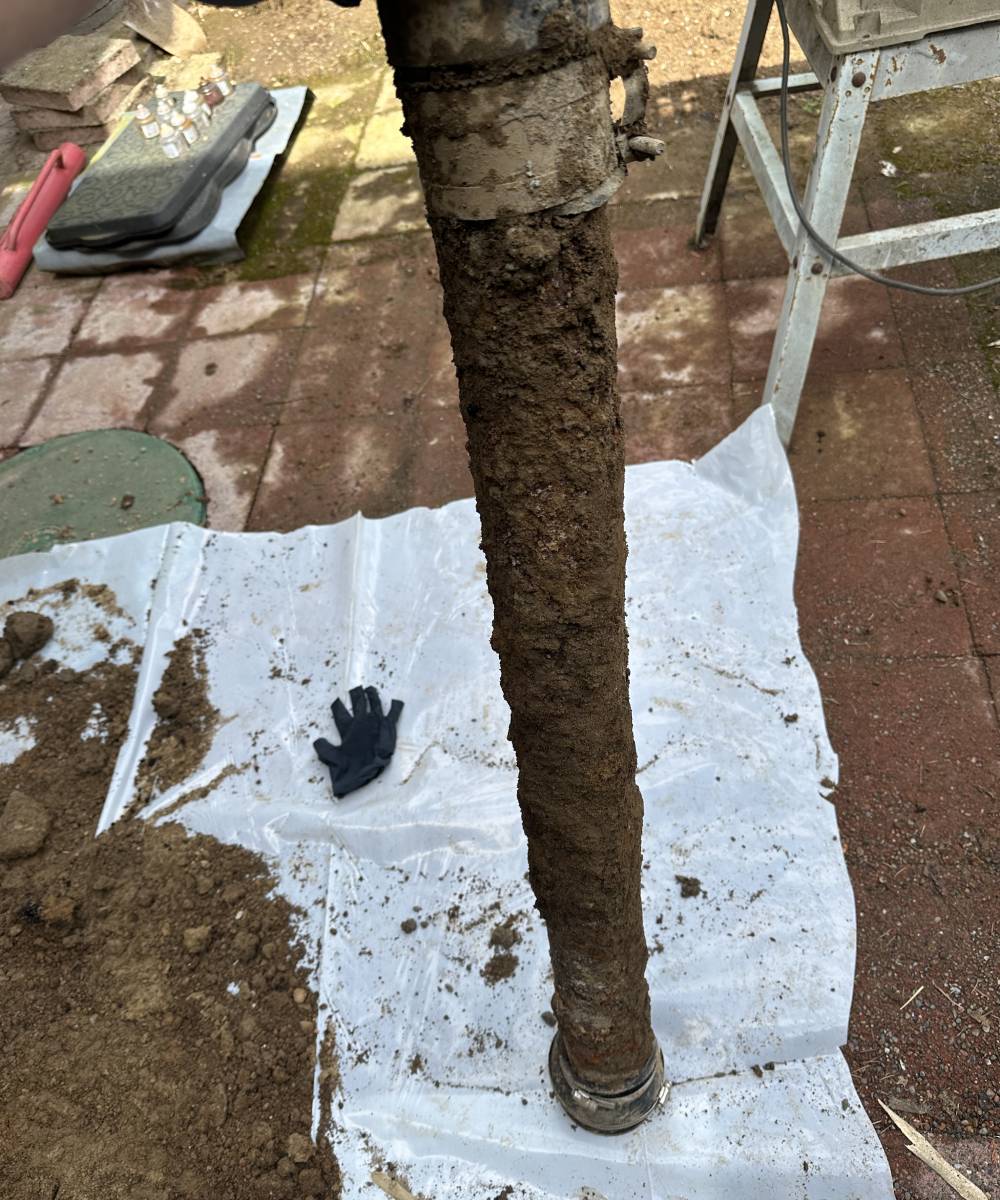Maintaining consistent water quality is crucial for the health and safety of your household. But what happens when your water suddenly tastes, smells, or looks different? Sudden changes in water quality can stem from various issues, some minor and others requiring immediate attention. In this guide, we’ll explore common causes, solutions, and the importance of using professional services such as camera inspection for water lines to diagnose and resolve the problem.
Underlying Reasons for Sudden Water Quality Changes
Sudden water quality changes can originate from multiple sources. Identifying the root cause is essential for implementing an effective solution. Here are some common culprits:
1. Pipe Corrosion
Over time, pipes can corrode, releasing metal particles like iron, copper, or lead into your water. This often results in a metallic taste or discoloration. Homes with older plumbing systems are particularly susceptible to this issue. Routine maintenance can help detect early signs of corrosion before it affects water quality.
2. Pipe Blockages
Accumulated debris, grease, or mineral deposits can partially block water flow, impacting water quality. These blockages can create an environment for bacterial growth, exacerbating contamination risks. Regular cleaning and camera inspection can prevent such blockages from escalating.
3. Changes in Water Source
If your municipality switches water sources or adjusts treatment methods, it can temporarily alter water characteristics. These changes may lead to noticeable differences in taste, odor, or clarity, even if the water remains safe to use.
4. Water Contamination
External factors, such as nearby construction, industrial activities, or agricultural runoff, can introduce contaminants into your water supply. Common contaminants include pesticides, nitrates, and heavy metals, which can have serious health implications.
5. Broken Sewer Lines
Damage to sewer lines can lead to cross-contamination with drinking water. Immediate attention and a video pipe inspection are crucial in such cases to prevent potential health hazards from bacteria and waste infiltration.
6. Water Heater Issues
Sediment build-up in water heaters can cause unusual smells or discoloration in hot water. This issue can often be resolved by flushing the water heater, a process that should be performed annually for optimal performance.
7. Seasonal Changes
Seasonal variations, such as heavy rainfall or drought, can impact water quality. Excessive rain can introduce sediment or organic matter into water supplies, while drought can concentrate minerals and contaminants.
8. Groundwater Issues
For homes relying on wells, changes in groundwater levels or contamination from nearby activities can significantly affect water quality. Regular well testing and maintenance are critical to ensuring safety.
Immediate Steps to Take
When you notice a sudden change in water quality, act promptly to mitigate risks. Here are some immediate actions:
1. Stop Using the Water
If contamination is suspected, avoid using the water for drinking, cooking, or bathing until the issue is resolved. Use bottled water or an alternative safe source temporarily.
2. Inspect Your Plumbing
Perform a basic inspection of visible pipes and fixtures for signs of leaks, corrosion, or blockages. Look for discoloration, damp spots, or unusual sounds that may indicate underlying issues.
3. Flush Your System
Run all taps for a few minutes to flush out sediment or minor contaminants that may have accumulated in the pipes. This simple step can sometimes resolve minor quality changes.
4. Test Your Water
Use a home water testing kit to check for pH levels, contaminants, or unusual mineral content. For more comprehensive analysis, consider professional water testing services.
5. Call a Professional
For persistent issues, schedule a camera inspection for water quality issues to pinpoint the problem. Professional plumbers can provide a detailed diagnosis and recommend appropriate solutions.

The Role of Camera Inspections in Detecting Water Issues
A camera inspection is a cutting-edge diagnostic tool used by plumbers to identify water quality issueswith precision. Here’s how it works and why it’s essential:
1. How Camera Inspections Work
A small, high-definition camera is inserted into your pipes, providing real-time visuals of the interior condition. This method allows for non-invasive detection of blockages, corrosion, or leaks. Advanced cameras can even detect fine cracks and structural weaknesses that may lead to future problems.
2. Benefits of Camera Inspections
- Accurate Diagnosis: Pinpoints the exact location of the problem, reducing guesswork.
- Time-Saving: Eliminates the need for extensive exploratory work, saving valuable time.
- Cost-Effective: Reduces repair costs by addressing issues directly and preventing unnecessary excavations.
- Environmentally Friendly: Minimizes disruption to landscaping and surrounding areas.
3. Common Applications
- Detecting Water Contamination: Identifying sources of contamination such as cracks or root intrusions.
- Pipe Blockage Detection: Locating obstructions caused by debris, grease, or mineral deposits.
- Plumbing Diagnostics: Assessing the overall health of your water lines, including signs of wear and tear.
4. When to Schedule a Camera Inspection
If you experience any of the following, a camera inspection can help:
- Persistent water discoloration.
- Recurring bad taste or odor.
- Sudden drop in water pressure.
- Visible leaks or damp spots around your plumbing.
- Unexplained increases in water bills.
Learn more about camera inspection for water quality issues.
Preventative Measures for Long-Term Water Quality
Maintaining water quality isn’t just about fixing problems when they arise. Taking preventative steps can safeguard your water supply and plumbing system:
1. Regular Plumbing Maintenance
Schedule routine plumbing check-ups, including sewer camera services, to identify potential issues before they escalate. Regular maintenance can also extend the lifespan of your plumbing system.
2. Install Water Filtration Systems
A high-quality water filter can remove contaminants and improve taste and clarity. Choose a system that meets your household’s specific needs, whether it’s a whole-house filter, reverse osmosis, or a simple faucet attachment.
3. Monitor Your Water Heater
Flush your water heater annually to prevent sediment build-up and ensure optimal performance. Consider upgrading to a tankless water heater for better efficiency and reduced sediment risks.
4. Protect Outdoor Plumbing
Ensure proper insulation of outdoor pipes to prevent freezing and cracking in winter. Use durable materials for outdoor plumbing fixtures to withstand environmental stress.
5. Be Aware of Local Water Quality Reports
Stay informed about any changes in your local water supply by reviewing municipal water quality reports. These reports can provide valuable insights into potential risks and contaminants.
6. Educate Your Household
Teach family members about proper water usage and how to recognize signs of water quality issues. Awareness is the first step in preventing and addressing problems.
Additional Tips for Monitoring Your Water Quality
1. Use Smart Sensors
Install smart water quality monitors that provide real-time updates on pH levels, contaminants, and water flow. These devices can alert you to potential issues before they become serious.
2. Invest in Backup Systems
Consider investing in a backup water filtration or storage system to ensure access to clean water during emergencies. Backup systems can be especially beneficial for households relying on wells.
3. Inspect Fixtures and Appliances
Regularly check faucets, showerheads, and appliances like dishwashers and washing machines for signs of wear or mineral build-up. Replace faulty fixtures promptly to maintain water quality.
4. Maintain Gutters and Drains
Ensure that gutters and outdoor drains are free from debris to prevent water pooling and contamination. Proper drainage helps protect the integrity of your water supply.
FAQ
1. How can I tell if my water is contaminated?
Common signs include an unusual taste, smell, discoloration, or sediment in your water. For a definitive answer, use a water testing kit or consult a professional.
2. What is a video pipe inspection?
A video pipe inspection involves using a specialized camera to examine the interior of your pipes for blockages, corrosion, or other issues. This method provides precise and non-invasive diagnostics.
3. Is discolored water dangerous?
While not always harmful, discolored water can indicate the presence of contaminants or rust. Avoid using it until you’ve identified the cause.
4. When should I call a plumber?
Call a plumber immediately if you notice persistent discoloration, foul odors, or a sudden drop in water pressure. A camera inspection for water lines may be necessary.
5. Can I prevent water quality issues?
Yes, regular plumbing maintenance, water filtration systems, and staying informed about local water conditions can help prevent sudden changes in water quality.
6. What are common health risks of poor water quality?
Contaminated water can lead to health issues such as gastrointestinal problems, skin irritation, and long-term exposure risks from heavy metals or chemical contaminants.
For professional and fast drain cleaning Bothell, drain cleaning Seattle, and drain cleaning Bellevue, contact KnightRooter. Our team is ready to provide the best solutions for your drain issues.





No comment yet, add your voice below!